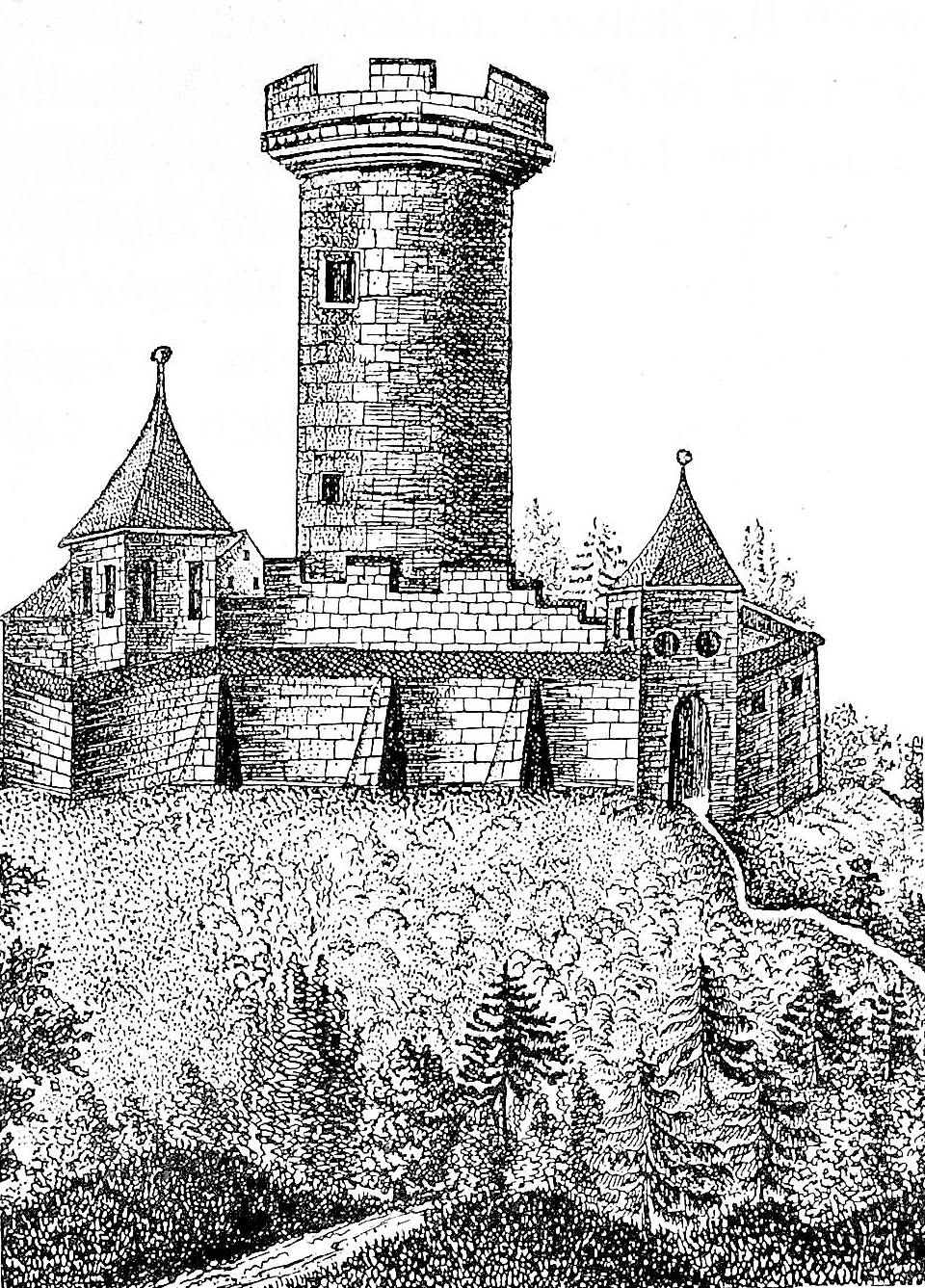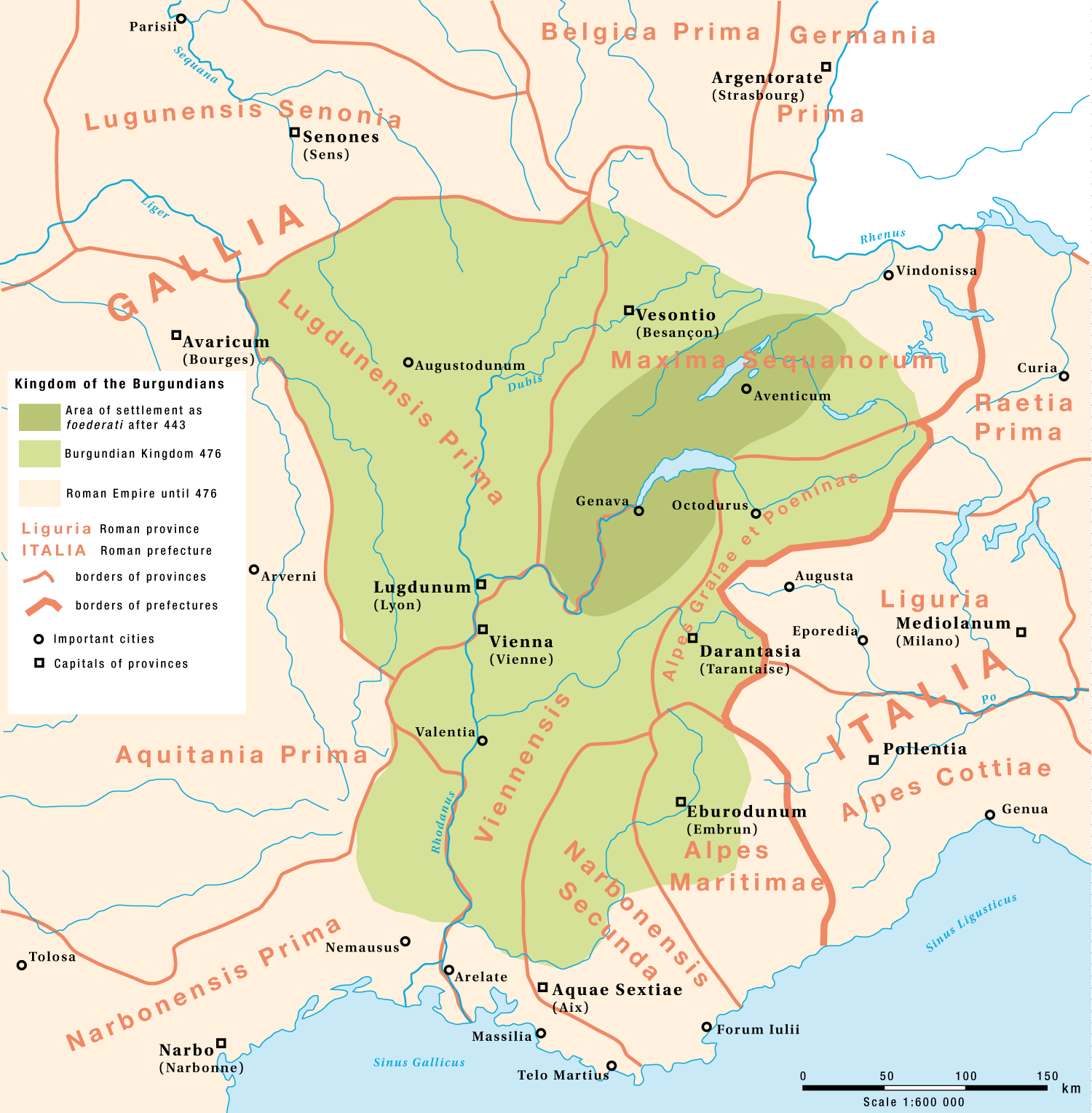|
Burgdorf, Switzerland
Burgdorf (french: Berthoud; High Alemannic: ''Bùùrdlef'') is the largest city in the Emmental in the canton of Bern in Switzerland. It was the capital of the district of the same name until 2010, when it became part of the new Emmental district. Name Burgdorf it is called in the German language, Berthoud in French which is not a literal translation of Burgdorf. Berthoud is in memory of Berchthold V. Duke of Zähringen who added a plaque to the city entrance for his victory against the Burgundese. As a Latinized form of Burgdorf, Castrovilla is known, but a Villa Berchtoldi or similar has not been found to date. History Scattered archeological finds indicate that the area around Burgdorf was inhabited during the Neolithic era, the Late Bronze Age and the Hallstatt. During the High Middle Ages the land that would become Burgdorf was owned by the Kingdom of Burgundy and then after 1080 by the Dukes of Zähringen. Either the kings or the dukes built a castle on t ... [...More Info...] [...Related Items...] OR: [Wikipedia] [Google] [Baidu] |
Emmental (administrative District)
Emmental District in the Canton of Bern was created on 1 January 2010. It is part of the Emmental-Oberaargau administrative region. It contains 40 municipalities with an area of and a population (as of ) of . Mergers and name changes *On 1 January 2016, the former municipalities of Oberösch and Niederösch merged into Ersigen. *On 1 January 2021 the former municipality of Mötschwil Mötschwil is a former municipality in the administrative district of Emmental in the canton of Bern in Switzerland. On 1 January 2021 the former municipality of Mötschwil merged into Hindelbank. History Mötschwil was first mentioned in 1328 a ... merged into Hindelbank. References {{Authority control Districts of the canton of Bern ... [...More Info...] [...Related Items...] OR: [Wikipedia] [Google] [Baidu] |
Switzerland
). Swiss law does not designate a ''capital'' as such, but the federal parliament and government are installed in Bern, while other federal institutions, such as the federal courts, are in other cities (Bellinzona, Lausanne, Luzern, Neuchâtel, St. Gallen a.o.). , coordinates = , largest_city = Zürich , official_languages = , englishmotto = "One for all, all for one" , religion_year = 2020 , religion_ref = , religion = , demonym = , german: Schweizer/Schweizerin, french: Suisse/Suissesse, it, svizzero/svizzera or , rm, Svizzer/Svizra , government_type = Federalism, Federal assembly-independent Directorial system, directorial republic with elements of a direct democracy , leader_title1 = Federal Council (Switzerland), Federal Council , leader_name1 = , leader_title2 = , leader_name2 = Walter Thurnherr , legislature = Fe ... [...More Info...] [...Related Items...] OR: [Wikipedia] [Google] [Baidu] |
House Of Zähringen
The House of Zähringen (german: Zähringer) was a dynasty of Swabian nobility. The family's name derived from Zähringen Castle near Freiburg im Breisgau. The Zähringer in the 12th century used the title of Duke of Zähringen, in compensation for having conceded the title of Duke of Swabia to the Staufer in 1098. The Zähringer were granted the special title of Rector of Burgundy in 1127, and they continued to use both titles until the extinction of the ducal line in 1218. The territories and fiefs held by the Zähringer were known as the 'Duchy of Zähringen' (), but it was not seen as a duchy in equal standing with the old stem duchies. The Zähringer attempted to expand their territories in Swabia and Burgundy into a fully recognized duchy, but their expansion was halted in the 1130s due to their feud with the Welfs. Pursuing their territorial ambitions, the Zähringer founded numerous cities and monasteries on either side of the Black Forest, as well as in the western S ... [...More Info...] [...Related Items...] OR: [Wikipedia] [Google] [Baidu] |
Kingdom Of Burgundy
Kingdom of Burgundy was a name given to various states located in Western Europe during the Middle Ages. The historical Burgundy correlates with the border area of France, Italy and Switzerland and includes the major modern cities of Geneva and Lyon. As a political entity, Burgundy existed in a number of forms with different boundaries, notably, when it was divided into Upper and Lower Burgundy and Provence. Two of the entities, the first around the 6th century and the second around the 11th century, were called the Kingdom of Burgundy. At other times were the Kingdom of Provence, the Duchy of Burgundy and the County of Burgundy. Kingdom of the Burgundians (411–534) Burgundy is named after a Germanic tribe of Burgundians who originated in mainland Scandinavia, then settled on the island of Bornholm, whose name in Old Norse was ''Burgundarholmr'' ("Island of the Burgundians"). From there they migrated south through Germanic lands into Roman Gaul and settled in the wester ... [...More Info...] [...Related Items...] OR: [Wikipedia] [Google] [Baidu] |
High Middle Ages
The High Middle Ages, or High Medieval Period, was the periodization, period of European history that lasted from AD 1000 to 1300. The High Middle Ages were preceded by the Early Middle Ages and were followed by the Late Middle Ages, which ended around AD 1500 (by historiography, historiographical convention). Key historical trends of the High Middle Ages include the medieval demography, rapidly increasing population of Europe, which brought about great social and political change from the preceding era, and the Renaissance of the 12th century, including the first developments of rural exodus and urbanization. By 1250, the robust population increase had greatly benefited the European economy, which reached levels that would not be seen again in some areas until the 19th century. That trend faltered during the Late Middle Ages because of a Crisis of the Late Middle Ages, series of calamities, most notably the Black Death, but also numerous wars as well as economic stagnation. Fro ... [...More Info...] [...Related Items...] OR: [Wikipedia] [Google] [Baidu] |
Hallstatt Culture
The Hallstatt culture was the predominant Western Europe, Western and Central European Archaeological culture, culture of Late Bronze Age Europe, Bronze Age (Hallstatt A, Hallstatt B) from the 12th to 8th centuries BC and Early Iron Age Europe (Hallstatt C, Hallstatt D) from the 8th to 6th centuries BC, developing out of the Urnfield culture of the 12th century BC (Bronze Age Europe, Late Bronze Age) and followed in much of its area by the La Tène culture. It is commonly associated with Proto-Celtic populations. Older assumptions of the early 20th century of Illyrians having been the bearers of especially the Eastern Hallstatt culture are indefensible and archeologically unsubstantiated. It is named for its type site, Hallstatt, a lakeside village in the Austrian Salzkammergut southeast of Salzburg, Austria, Salzburg, where there was a rich salt mine, and some 1,300 burials are known, many with fine artifacts. Material from Hallstatt has been classified into four periods, des ... [...More Info...] [...Related Items...] OR: [Wikipedia] [Google] [Baidu] |
Bronze Age
The Bronze Age is a historic period, lasting approximately from 3300 BC to 1200 BC, characterized by the use of bronze, the presence of writing in some areas, and other early features of urban civilization. The Bronze Age is the second principal period of the three-age system proposed in 1836 by Christian Jürgensen Thomsen for classifying and studying ancient societies and history. An ancient civilization is deemed to be part of the Bronze Age because it either produced bronze by smelting its own copper and alloying it with tin, arsenic, or other metals, or traded other items for bronze from production areas elsewhere. Bronze is harder and more durable than the other metals available at the time, allowing Bronze Age civilizations to gain a technological advantage. While terrestrial iron is naturally abundant, the higher temperature required for smelting, , in addition to the greater difficulty of working with the metal, placed it out of reach of common use until the end o ... [...More Info...] [...Related Items...] OR: [Wikipedia] [Google] [Baidu] |
Neolithic
The Neolithic period, or New Stone Age, is an Old World archaeological period and the final division of the Stone Age. It saw the Neolithic Revolution, a wide-ranging set of developments that appear to have arisen independently in several parts of the world. This "Neolithic package" included the introduction of farming, domestication of animals, and change from a hunter-gatherer lifestyle to one of settlement. It began about 12,000 years ago when farming appeared in the Epipalaeolithic Near East, and later in other parts of the world. The Neolithic lasted in the Near East until the transitional period of the Chalcolithic (Copper Age) from about 6,500 years ago (4500 BC), marked by the development of metallurgy, leading up to the Bronze Age and Iron Age. In other places the Neolithic followed the Mesolithic (Middle Stone Age) and then lasted until later. In Ancient Egypt, the Neolithic lasted until the Protodynastic period, 3150 BC.Karin Sowada and Peter Grave. Egypt in th ... [...More Info...] [...Related Items...] OR: [Wikipedia] [Google] [Baidu] |
Burgdorf Altstadt Kronenplatz (1895–1945), German general
{{disambiguation, geo, surname ...
Burgdorf may refer to: Places *Burgdorf, Switzerland, a town in the canton of Berne, Switzerland *Burgdorf district, a district in the canton of Berne, Switzerland *Burgdorf, Hanover, a town in the district of Hanover, Lower Saxony, Germany * Burgdorf, Wolfenbüttel, a municipality in the district of Wolfenbüttel, Lower Saxony, Germany *Burgdorf, Idaho, USA, rustic hot springs resort (since the 19th century), and alleged town People *Wilhelm Burgdorf Wilhelm Emanuel Burgdorf (15 February 1895 – 2 May 1945) was a German general during World War II, who served as a commander and staff officer in the German Army. In October 1944, Burgdorf assumed the role of the chief of the Army Personnel O ... [...More Info...] [...Related Items...] OR: [Wikipedia] [Google] [Baidu] |
Schloss Burgdorf 1895
''Schloss'' (; pl. ''Schlösser''), formerly written ''Schloß'', is the German term for a building similar to a château, palace, or manor house. Related terms appear in several Germanic languages. In the Scandinavian languages, the cognate word ''slot''/''slott'' is normally used for what in English could be either a palace or a castle (instead of words in rarer use such as ''palats''/''palæ'', ''kastell'', or ''borg''). In Dutch, the word ''slot'' is considered to be more archaic. Nowadays, one commonly uses ''paleis'' or ''kasteel''. But in English, the term does not appear, for instance, in the United Kingdom, this type of structure would be known as a stately home or country house. Most ''Schlösser'' were built after the Middle Ages as residences for the nobility, not as true fortresses, although originally, they often were fortified. The usual German term for a true castle is ''burg'', that for a fortress is ''festung'', and — the slightly more archaic term — ''v ... [...More Info...] [...Related Items...] OR: [Wikipedia] [Google] [Baidu] |
Castle Burgdorf1
A castle is a type of fortified structure built during the Middle Ages predominantly by the nobility or royalty and by military orders. Scholars debate the scope of the word ''castle'', but usually consider it to be the private fortified residence of a lord or noble. This is distinct from a palace, which is not fortified; from a fortress, which was not always a residence for royalty or nobility; from a ''pleasance'' which was a walled-in residence for nobility, but not adequately fortified; and from a fortified settlement, which was a public defence – though there are many similarities among these types of construction. Use of the term has varied over time and has also been applied to structures such as hill forts and 19th-20th century homes built to resemble castles. Over the approximately 900 years when genuine castles were built, they took on a great many forms with many different features, although some, such as curtain walls, arrowslits, and portcullises, w ... [...More Info...] [...Related Items...] OR: [Wikipedia] [Google] [Baidu] |







